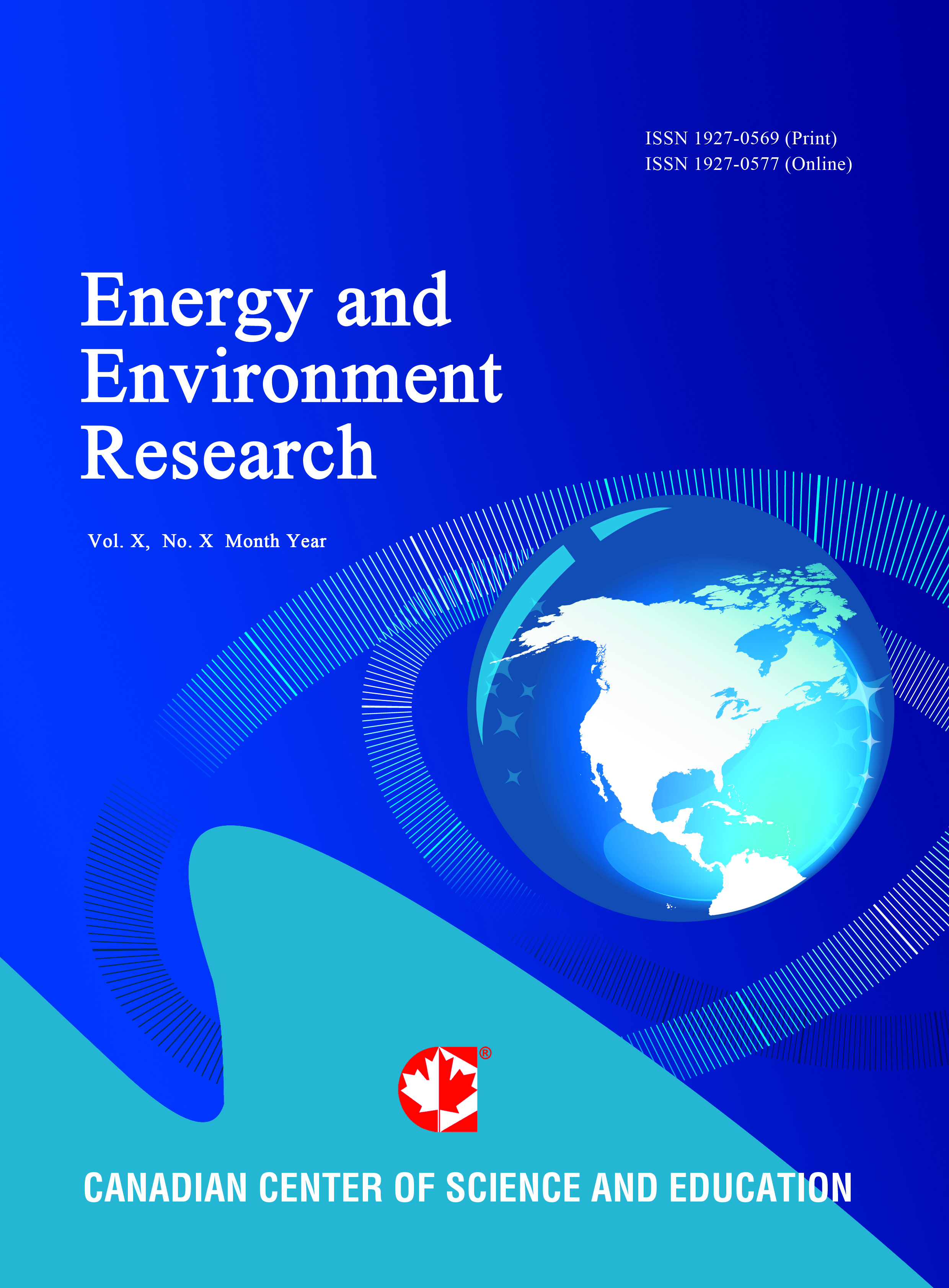Investigation of Oil Recovery in Fractured Carbonate Rock by
- H. Karimaie
- O. Torsæter
Abstract
The purpose of the three experiments described in this paper is to investigate the efficiency of secondary andtertiary gas injection in fractured carbonate reservoirs, focusing on the effect of equilibrium gas,
re-pressurization and non-equilibrium gas. A weakly water-wet sample from Asmari limestone which is the main
oil producing formation in Iran, was placed vertically in a specially designed core holder surrounded with
fracture. The unique feature of the apparatus used in the experiment, is the capability of initializing the sample
with live oil to obtain a homogeneous saturation and create the fracture around it by using a special alloy which
is easily meltable. After initializing the sample, the alloy can be drained from the bottom of the modified core
holder and create the fracture which is filled with live oil and surrounded the sample. Pressure and temperature
were selected in the experiments to give proper interfacial tensions which have been measured experimentally.
Series of secondary and tertiary gas injection were carried out using equilibrium and non-equilibrium gas.
Experiments have been performed at different pressures and effect of reduction of interfacial tension were
checked by re-pressurization process. The experiments showed little oil recovery due to water injection while
significant amount of oil has been produced due to equilibrium gas injection and re-pressurization. Results also
reveal that CO2 injection is a very efficient recovery method while injection of C1 can also improve the oil
recovery.
- Full Text:
 PDF
PDF
- DOI:10.5539/eer.v6n1p14
Journal Metrics
(The data was calculated based on Google Scholar Citations)
h-index (July 2022): 19
i10-index (July 2022): 53
h5-index (July 2022): N/A
h5-median(July 2022): N/A
Index
- BASE (Bielefeld Academic Search Engine)
- CiteFactor
- CNKI Scholar
- Elektronische Zeitschriftenbibliothek (EZB)
- Excellence in Research for Australia (ERA)
- Genamics JournalSeek
- Google Scholar
- NewJour
- Norwegian Centre for Research Data (NSD)
- PKP Open Archives Harvester
- Publons
- ROAD
- SHERPA/RoMEO
- Standard Periodical Directory
- Ulrich's
- Universe Digital Library
- WorldCat
Contact
- Lesley LuoEditorial Assistant
- eer@ccsenet.org
